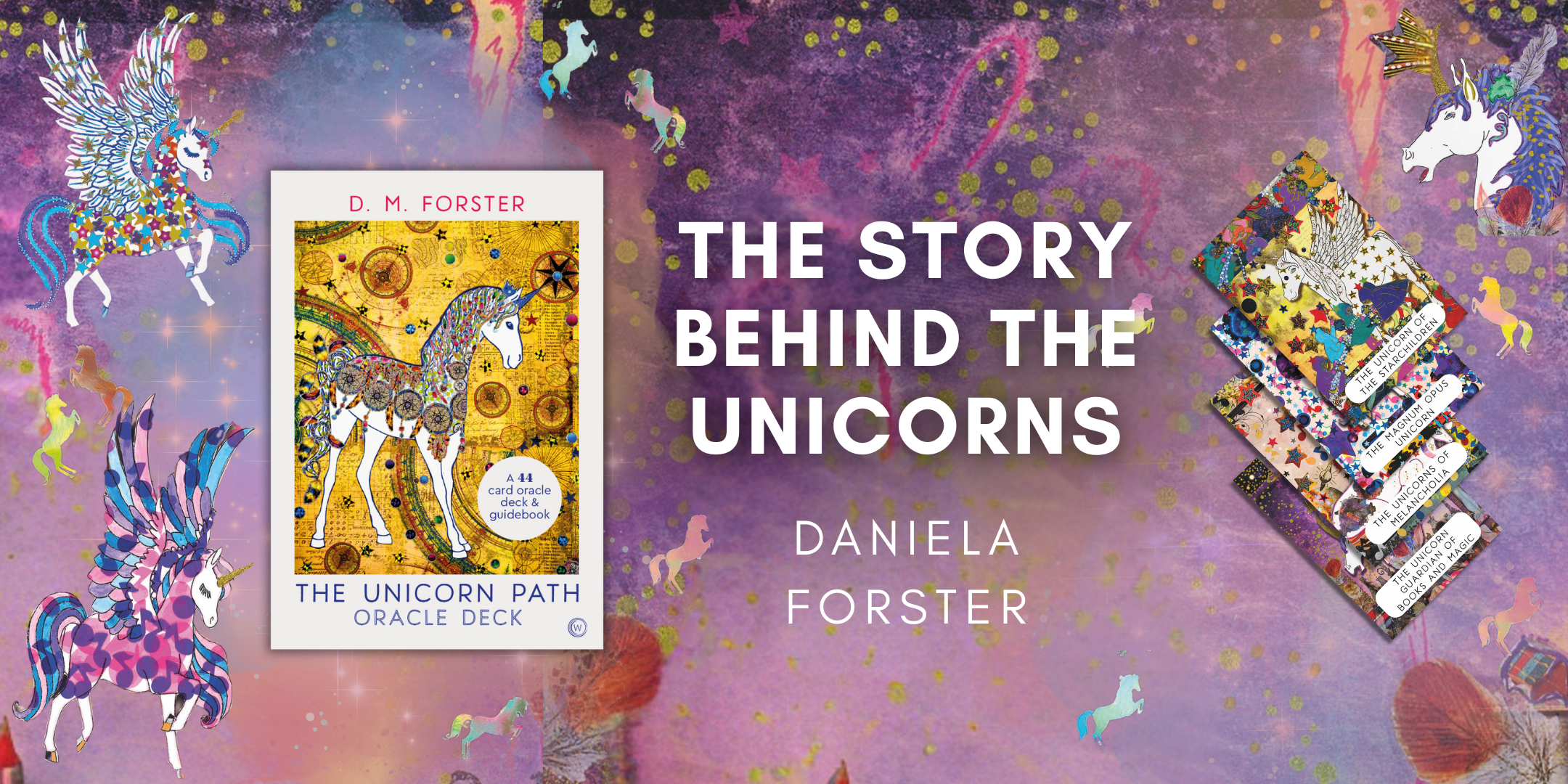
You Can Change Your Life by Changing the Energy in Your Home – By Kimberley Gallagher
If I asked you to describe your home, what words would you use? You might tell say it’s an apartment, a cottage, or a townhouse.
The solar festival of Ostara celebrates the Spring Equinox, the time of year when night and day are equal. This moment marks a turning point in the seasons and is most certainly cause for celebration: for the next six months, the light of day will prevail over the darkness of night – bringing warmth, renewal and regeneration to an Earth previously frozen in winter’s cold grasp.
According to 19th-century German folklorist and linguist Jacob Grimm, the name Ostara derives from the Germanic goddess of spring-like fertility, Eostre, believed to have been worshipped by Anglo-Saxon and Northern European pagans. Though some scholars have contested the deity’s existence and ancient worship as a fabrication of the 8th-century English scholar Bede, others have nevertheless posited that such a figure may have been venerated as a localised deity associated with new beginnings and the awakening of nature (noting the linguistic connections of Ostara/Eostre to the eastern sky, dawn and other Proto-Indo-European goddesses – such as the Greek Eos, Vedic Ushas, or Baltic Aušrinė). Regardless of her historical origins, Ostara’s association with the coming of Spring has left her a venerated figure in various modern folkloric traditions and pagan groups throughout Europe.
While the equinox has been marked for centuries by pre-Christian people worldwide, the relatively modern festival of Ostara pulls together diasporic folk and pagan traditions that share much symbolism with the Christian holiday of Easter, which in turn finds its origins in the Jewish Passover. However, while Ostara and Easter share a common linguistic etymology in the English language and use similar iconography – such as the sunrise, eggs & chicks, rabbits and flower blossoms – to celebrate ideas of rebirth, renewal and regeneration, it is inaccurate to conflate the two traditions. Even so, this mirrored history makes Ostara no less valuable to those wishing to reunite with nature; in this time of folk renaissance, many want to shed our urban chains and reconnect with nature like our ancestors before us. Perhaps it is a sign that natural symbols prevail over all cultures as universally relevant and worth rejoicing.
Living in tune with the seasons is valuable for our mental and physical health and fosters a sense of community. Take a moment to look around you. Go on a little walk in your neighbourhood. Notice the grass growing. Notice the buds on the trees, tiny green leaves ready to unfold, blossoms preceding the return of greenery. Smell the apple and cherry blossoms, listen to the birds chirping. In all its beauty, the natural world is brimming with life, ready to burst into celebration at the arrival of warmer weather.
When we come together to celebrate the arrival of brighter days, we are reminded of the power of the collective. That we can find comfort in one another and that the world keeps on turning, no matter how bleak things feel. This time of year is a reminder that it sometimes feels darkest before the dawn. New generations bring new hope and ideas while connecting to the traditions of the past. While we need darkness to make us appreciate the light, if you feel like you are in a dark place right now, Ostara is your reminder that the sun will rise again and overcome the darkness enveloping you.
If you sense a new energy within yourself, use it for good. Dedicate time to improving yourself or giving to those in need, even if you can only give your time. Open your windows and take in a deep, filling breath. What does the coming of Spring mean to you?

If I asked you to describe your home, what words would you use? You might tell say it’s an apartment, a cottage, or a townhouse.

Initially, what moved me to create the Unicorn Path is the sweet song “Chloe the Unicorn”. It was a song for my friend’s child. I

In many spiritual traditions around the world, the end of October marks a special moment. The veil between worlds becomes thinner. It is the time

If you are reading this then you are probably familiar with the festival of Mabon. As a historian by education, I am fascinated by the
"*" indicates required fields

Get a FREE eBook when you subscribe to our newsletter, and be the first to know about our new releases, exciting events and all the latest news!
"*" indicates required fields